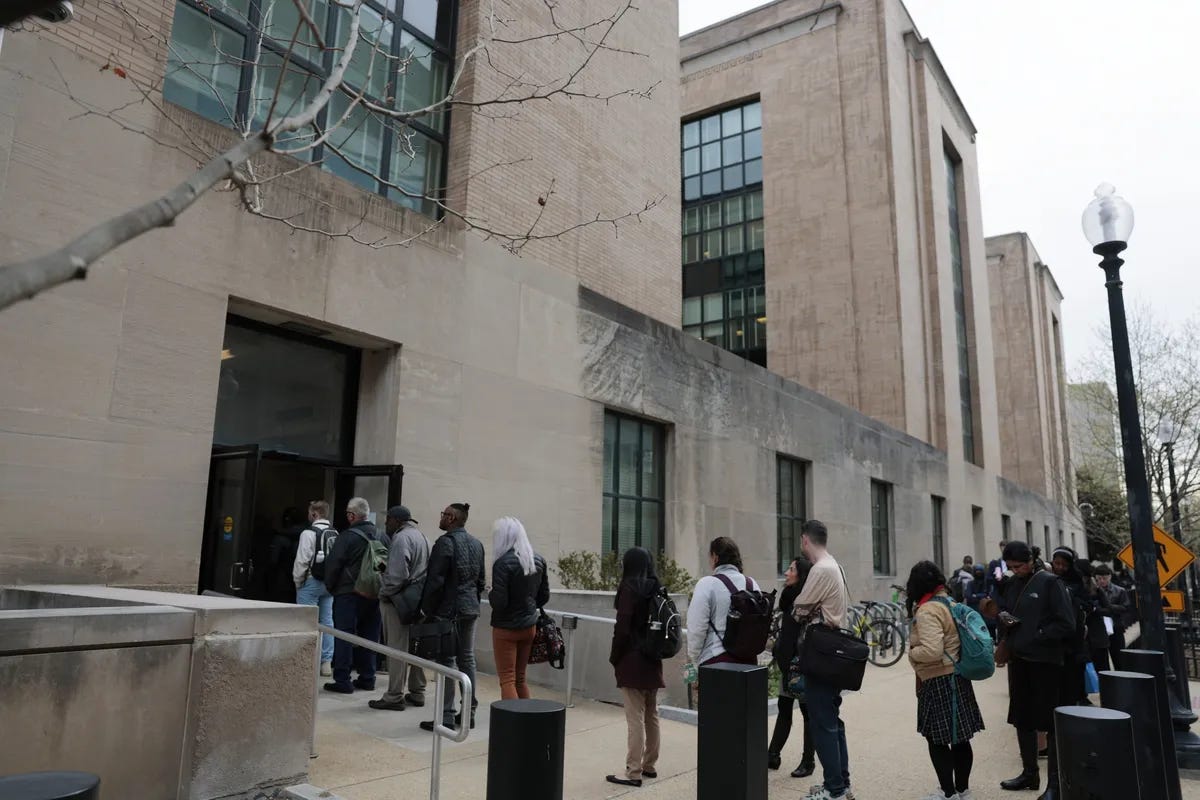The End of the Rule of Three: What OPM’s New Hiring Rule Means for Feds
A long-standing hiring rule is out, and a new system “promises” more flexibility, fairness, and focus on skills.
For more than a century, federal hiring has been tied up in a concept known as the “rule of three.” If you made the top three on a ranked list, you had a shot. If you didn’t, you were out of luck. That rigid system is finally gone.
The Office of Personnel Management just issued its final rule replacing the rule of three with the “rule of many.” Instead of only being able to select from the top three candidates, hiring managers can now pull from a broader pool, using one of four approaches: a cut-off score, a business necessity threshold, a set number of names, or a percentage of the list. Veterans’ preference rules remain in place.
This change has big implications:
More flexibility for agencies: Hiring managers can actually choose from more than just the top three. That makes it easier to find candidates who bring the right skills instead of being locked into a narrow band.
More fairness for applicants: A high score matters, but it no longer means being stuck behind the same three people again and again. OPM has also clarified how its “three considerations rule” works, which allows managers to remove candidates after they’ve been passed over three times.
Pressure on HR offices: Agencies have 180 days to comply, which means a lot of policy rewrites, retraining, and new assessment tools. OPM estimates the cost to government at several million dollars in the first year.
Continued focus on skills: While the rule is about selection, OPM emphasized the shift toward skills-based hiring. That means less reliance on self-assessments and more use of objective tools like structured interviews or technical assessments.
For employees, this will feel different depending on where you sit. If you are applying for a new role, you might see your name considered more often under the “rule of many.” If you are in HR, expect a crash course in new procedures. If you are a manager, you’ll have more options when making a hire, but also more responsibility to document decisions.
The bigger story here is that the federal hiring process is slowly bending toward common sense. The old system wasted time and locked agencies into a box. The new one is not perfect, but it’s a recognition that hiring should be about merit, skills, and mission needs, not just a number on a list.
And this ties back to what we talked about in my earlier piece pushing back on Scott Kupor’s take. People don’t join federal service to be boxed into bad processes or treated like numbers on a spreadsheet. They join because of the mission, the belief in what America stands for, and the commitment to serve as apolitical professionals. Fixing the hiring process is part of making sure those values are matched with fair, modern systems.
Highlighted Resources
📄 Final Rule Text – OPM’s Federal Register notice: Reinvigorating Merit-Based Hiring Through Candidate Ranking in the Competitive and Excepted Service (Rule of Many)
📘 Delegated Examining Operations Handbook (DEOH) – OPM’s reference manual for HR offices on how to apply examining rules.
📝 Merit Hiring Plan – Government-wide framework to strengthen skills-based hiring and reduce reliance on self-assessments.
📊 Executive Order 14170 – Reforming the Federal Hiring Process and Restoring Merit to Government Service


